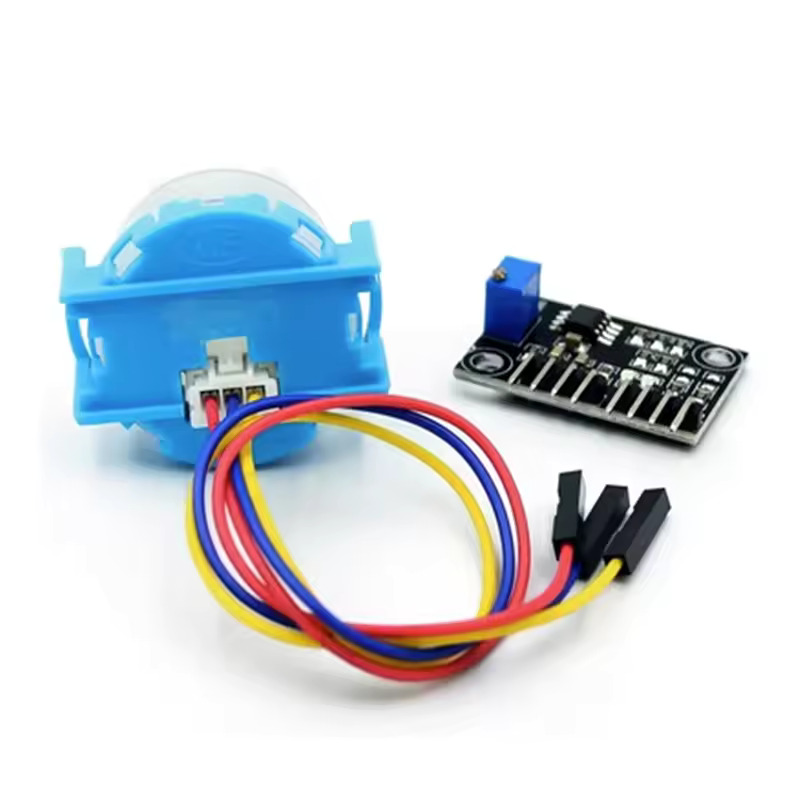- Categories
Product Overview: A brief introduction to the RC522 RFID module, outlining its purpose and capabilities.
Electrical Characteristics: Detailed specifications on voltage requirements, current consumption, and power supply considerations.
Operating Frequency: Information about the frequency at which the RFID module operates, usually in the HF (high frequency) range.
Communication Interface: Description of the communication protocol supported by the module, such as SPI (Serial Peripheral Interface) or I2C (Inter-Integrated Circuit).
RFID Compatibility: Compatibility information regarding RFID standards supported by the module, such as ISO/IEC 14443 Type A or Type B.
Antenna Specifications: Details about the antenna interface, including impedance and connection requirements.
Read/Write Range: Information about the effective range for reading and writing RFID tags with the module.
Data Transfer Rate: Specification of the data transfer rate between the module and an external microcontroller or host system.
Memory Capacity: Details about the internal memory capacity of the module, which may be relevant for storing RFID tag data or configuration settings.
Operating Modes: Description of different operating modes supported by the module, such as read-only, write-only, or read/write.
GPIO Pins: Pinout information for the module's GPIO (General Purpose Input/Output) pins, including their functions and electrical characteristics.
Operating Temperature Range: Temperature range within which the module is designed to operate reliably.
Physical Dimensions: Dimensions and mechanical characteristics of the module, including mounting options.
Application Circuit: Example circuit diagrams showing how to connect the module to a microcontroller or host system.
Programming Interface: Guidance on how to communicate with the module programmatically, including command protocols and register settings.
Certifications: Compliance information regarding relevant industry standards or regulations.
Ordering Information: Part numbers, packaging options, and ordering codes for the module.
Additional Resources: References to user manuals, application notes, and technical support resources.
 Safe Payment
Safe Payment
 7 Days Return Policy
7 Days Return Policy
 100% Authentic Products
100% Authentic Products




